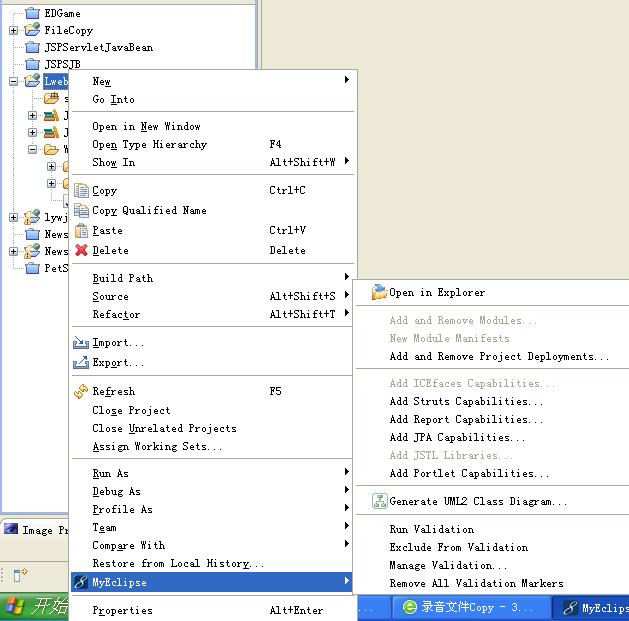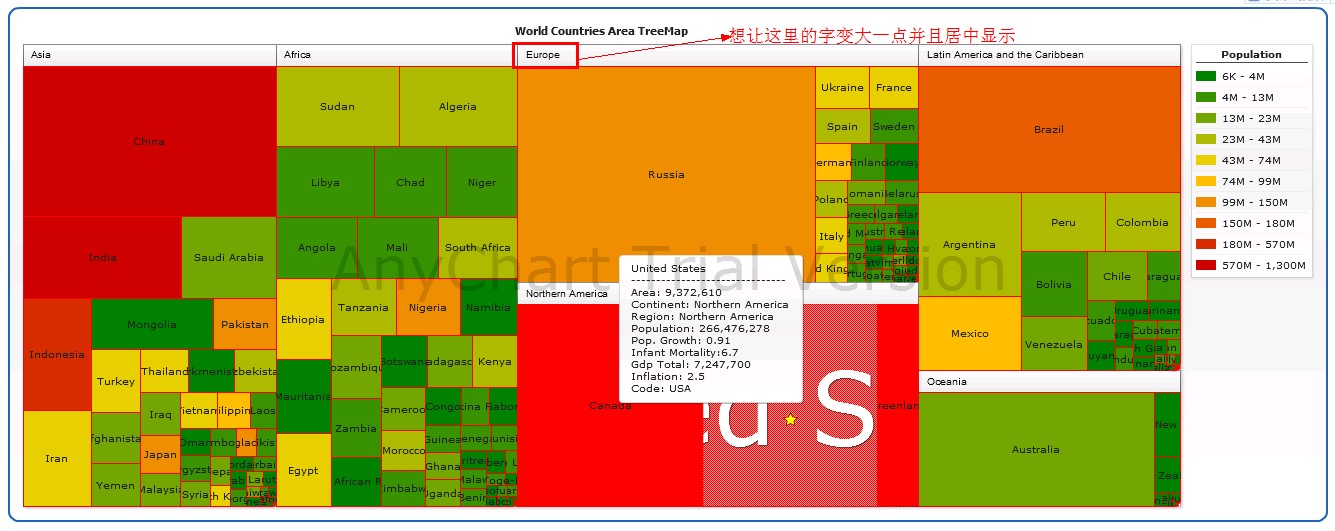Java基础02 方法与数据成员
在Java基础01 从HelloWorld到面向对象,我们初步了解了对象(object)。对象中的数据成员表示对象的状态。对象可以执行方法,表示特定的动作。
此外,我们还了解了类(class)。同一类的对象属于相同的类型(type)。我们可以定义类,并使用该定义来产生对象。
我们进一步深入到对象。了解Java中方法与数据成员的一些细节。
调用同一对象的数据成员
方法可以调用该对象的数据成员。比如下面我们给Human类增加一个getHeight()的方法。该方法返回height数据成员的值:
public class Test
{
public static void main(String[] args)
{
Human aPerson = new Human();
System.out.println(aPerson.getHeight());
}
}
class Human
{/**
* accessor
*/
int getHeight()
{
return this.height;
}
int height;
}我们新增了getHeight方法。这个方法有一个int类型的返回值。Java中使用return来返回值。
注意this,它用来指代对象自身。当我们创建一个aPerson实例时,this就代表了aPerson这个对象。this.height指aPerson的height。
this是隐性参数(implicit argument)。方法调用的时候,尽管方法的参数列表并没有this,Java都会“默默”的将this参数传递给方法。
(有一些特殊的方法不会隐性传递this,我们会在以后见到)
实际上,this并不是必需的,上述方法可以写成:
/**
* accessor
*/
int getHeight()
{
return height;
}Java会自己去判断height是类中的数据成员。但使用this会更加清晰。
我们还看到了/** comments */的添加注释的方法。
方法的参数列表
Java中的方法定义与C语言中的函数类似。Java的方法也可以接收参数列表(argument list),放在方法名后面的括号中。下面我们定义一个growHeight()的方法,该方法的功能是让人的height增高:
public class Test
{
public static void main(String[] args)
{
Human aPerson = new Human();
System.out.println(aPerson.getHeight()); aPerson.growHeight(10); System.out.println(aPerson.getHeight());
}
}
class Human
{
/**
* accessor
*/
int getHeight()
{
return this.height;
}
/** * pass argument */ void growHeight(int h)
{
this.height = this.height + h;
}
int height;
}可以看到,在growHeight()中,h为传递的参数。在类定义中,我们需要说明参数的类型(int)。在随后的方法定义中,我们可以使用该参数。该参数只在该方法范围内有效。
在调用的时候,我们将10传递给growHeight()。aPerson的高度增加了10。
调用同一对象的其他方法
我们可以在方法内部调用同一对象的其他方法。在调用的时候,使用this.method()的形式。我们还记得,this指代的是该对象。所以this.method()可以明确的说明所要调用的方法是该对象的method()方法。

比如下面的repeatBreath()函数:
public class Test
{
public static void main(String[] args)
{
Human aPerson = new Human();
aPerson.repeatBreath(10);
}
}
class Human
{
void breath()
{
System.out.println("hu...hu...");
}
/**
* call breath()
*/
void repeatBreath(int rep)
{
int i;
for(i = 0; i < rep; i++) {
this.breath();
}
}
int height;
}注意在repeatBreath()方法中,我们声明了int类型的对象i。i的作用域限定在repeatBreath()方法范围内部。这与C语言函数中的自动变量类似。
数据成员初始化
在Java中,数据成员有多种初始化(initialize)的方式。比如上面的getHeight()的例子中,尽管我们从来没有提供height的值,但Java为我们挑选了一个默认初始值0。
基本类型的数据成员的默认初始值:
数值型: 0
布尔值: false
其他类型的数据成员的默认初始值: null
我们也可以在类中声明数据成员时,明确数据成员的初始值。这叫做显式初始化(explicit initialization)。
public class Test
{
public static void main(String[] args)
{
Human aPerson = new Human();
System.out.println(aPerson.getHeight());
}
}
class Human
{/**
* accessor
*/
int getHeight()
{
return this.height;
}
int height = 175;
}
可以看到,数据成员height的初始值为175,而不是默认的0了。
Java中还有其他重要的初始化对象的方式,我将在以后介绍。
总结
return
this, this.field, this.method()
默认初始值,显式初始化
补充:软件开发 , Java ,




